Optimal Timing for Soil Erosion Prevention
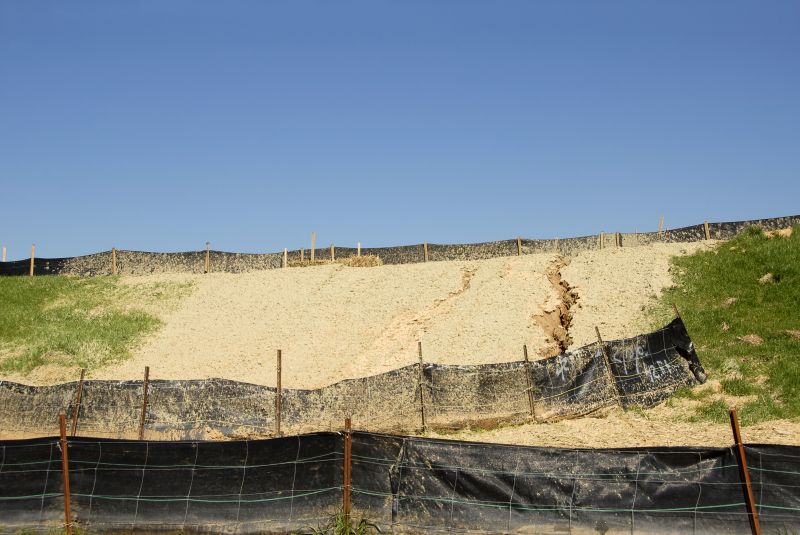
Implementing erosion controls before planting helps protect soil during initial growth stages.
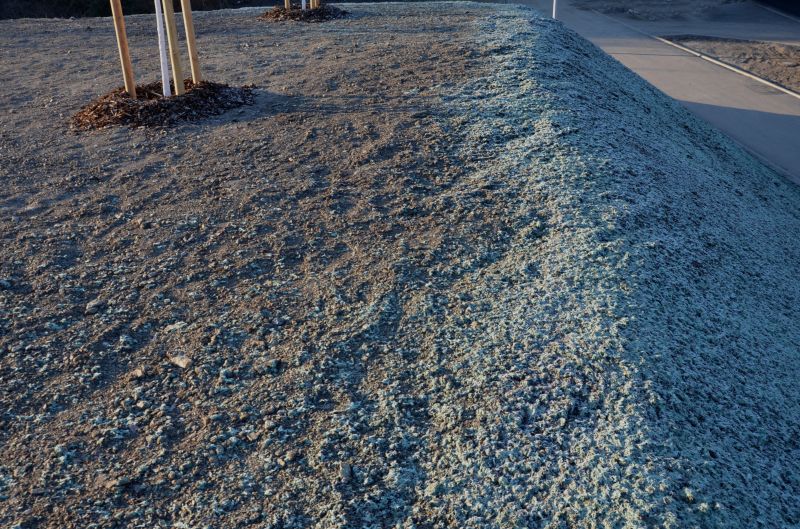
Applying erosion prevention methods after harvest stabilizes soil and reduces runoff risk.
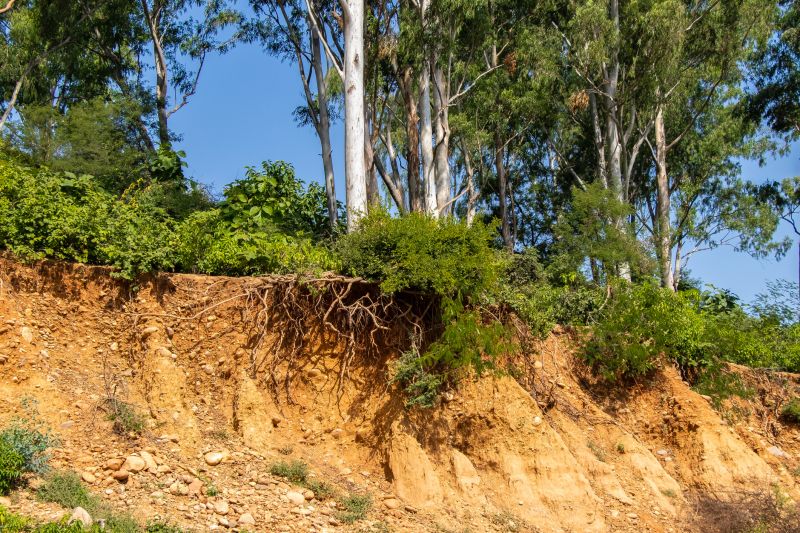
Enhancing soil protections before anticipated heavy rains minimizes erosion damage.

Ways to make Soil Erosion Preventions work in tight or awkward layouts.
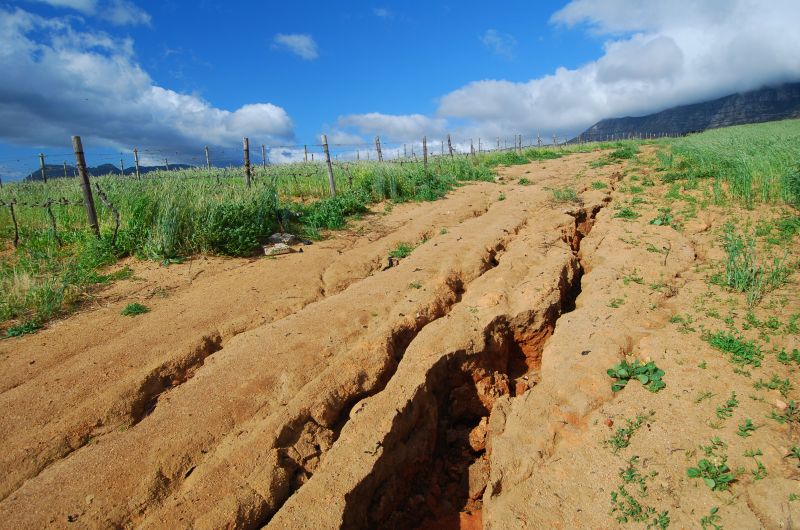
Popular materials for Soil Erosion Preventions and why they hold up over time.
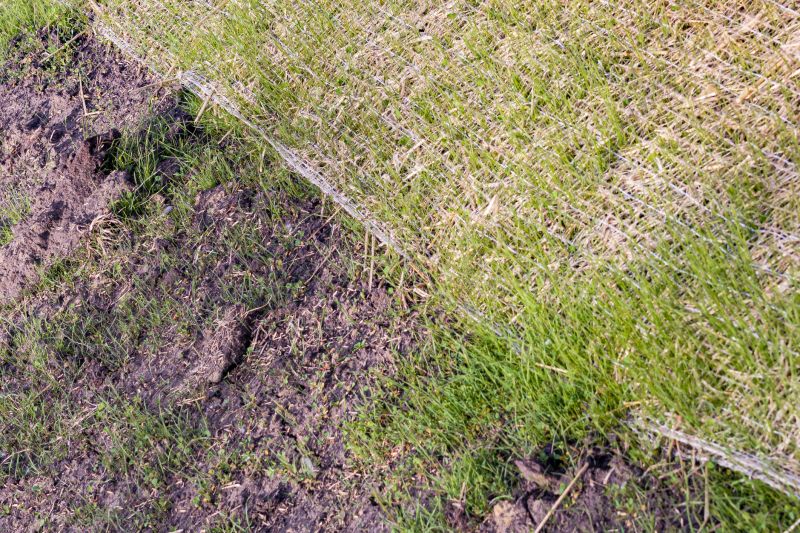
Simple add-ons that improve Soil Erosion Preventions without blowing the budget.
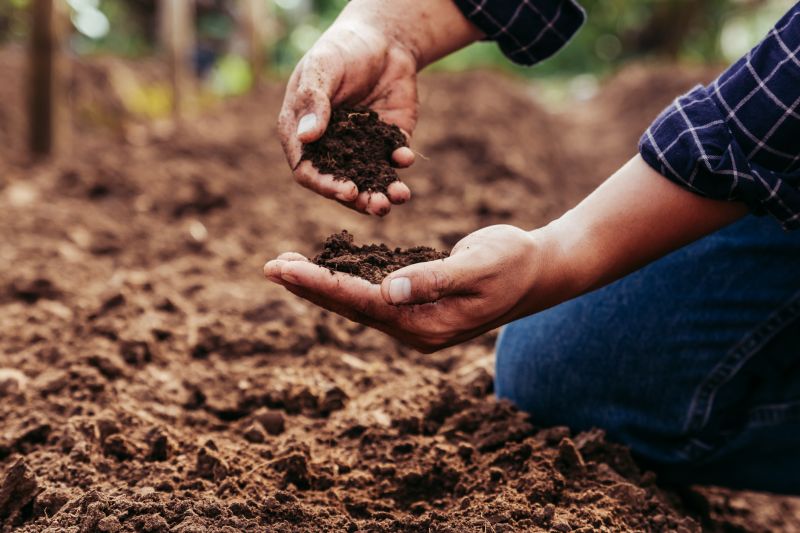
High-end options that actually feel worth it for Soil Erosion Preventions.

Finishes and colors that play nicely with Soil Erosion Preventions.
Soil erosion prevention is most effective when implemented proactively, especially during periods of high rainfall or land disturbance. Proper timing ensures that soil remains stable, reducing the loss of topsoil which is vital for crop productivity and land health. Erosion control measures, such as planting cover crops or installing barriers, are most beneficial when used before heavy rainfalls or farming activities that disturb the soil surface.
Timing erosion prevention measures with seasonal weather patterns maximizes effectiveness.
Implementing controls when soil moisture is optimal helps establish plant cover or barriers effectively.
Preparing land with erosion controls before planting reduces soil displacement during rainfall.
Using weather data to plan erosion prevention activities ensures timely protection.
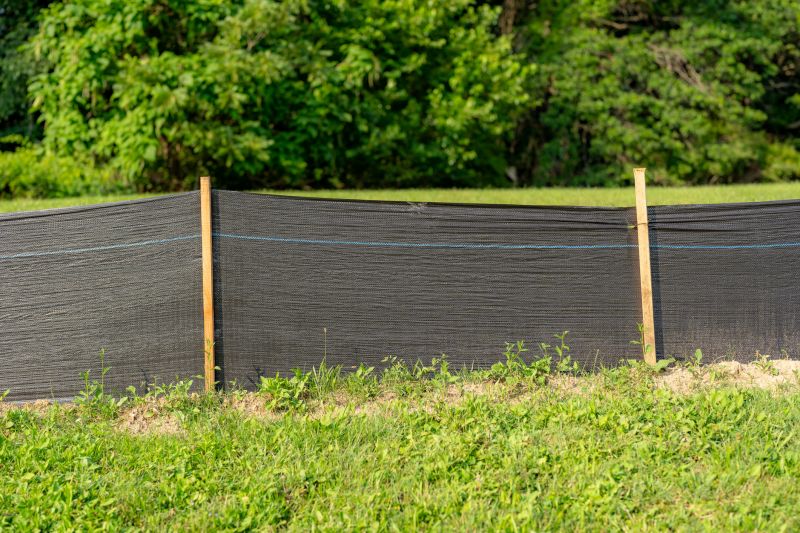
Barriers like silt fences help prevent soil displacement during rainfall.
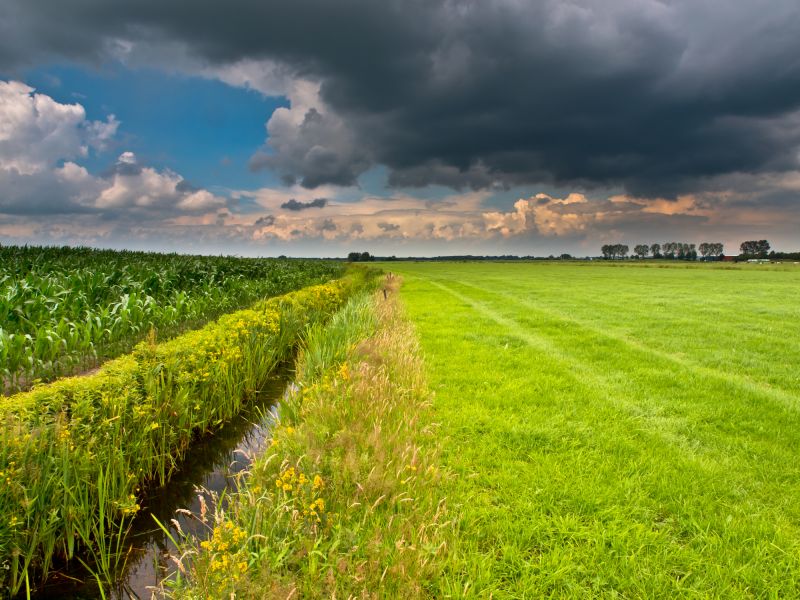
Planting cover crops before rainy seasons stabilizes soil surface.
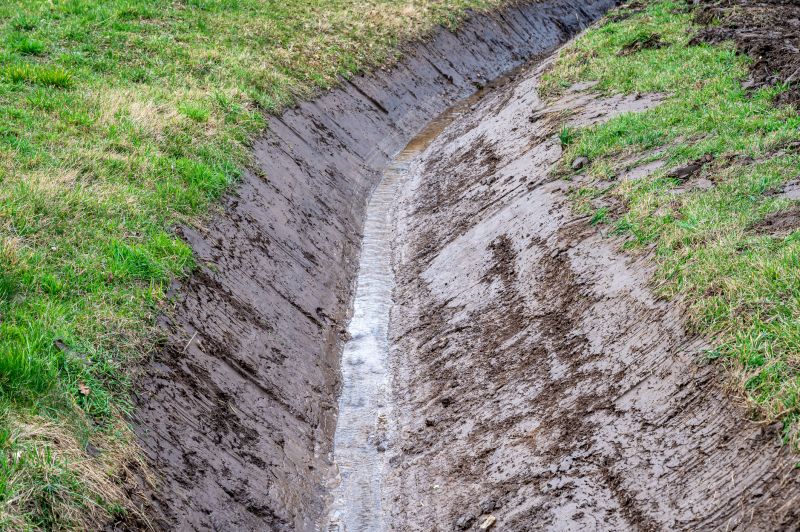
Constructing terraces during land preparation minimizes runoff.
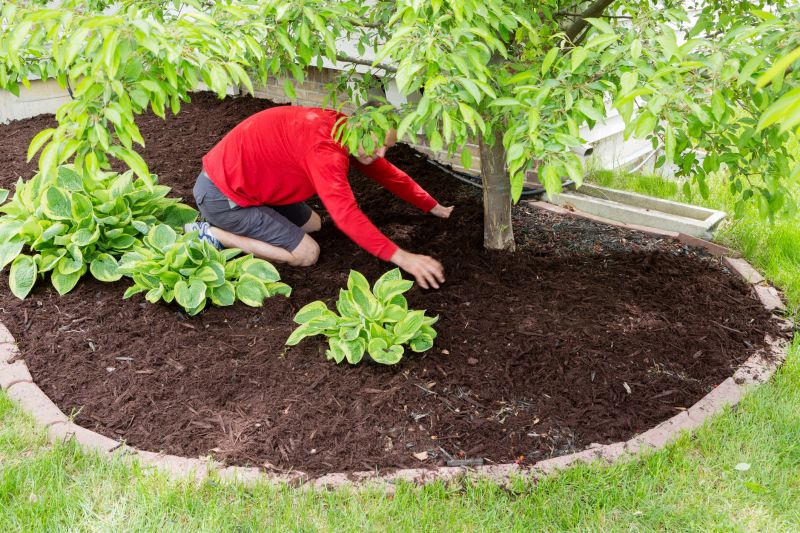
Applying mulch retains soil moisture and reduces erosion risk.

Little measurements that prevent headaches on Soil Erosion Preventions day.

A 60-second routine that keeps Soil Erosion Preventions looking new.
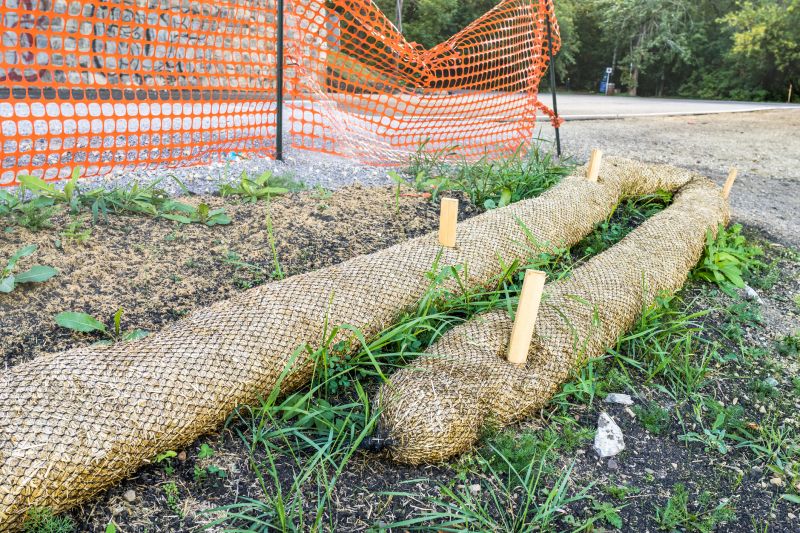
A frequent mistake in Soil Erosion Preventions and how to dodge it.

Small tweaks to make Soil Erosion Preventions safer and easier to use.
| Timing Aspect | Recommended Action |
|---|---|
| Pre-Planting | Install erosion barriers and plant cover crops. |
| Post-Harvest | Stabilize soil with mulching and reseeding. |
| Heavy Rainfall Season | Enhance drainage and reinforce barriers. |
| Construction Phase | Use silt fences and erosion control mats. |
| Dry Season | Prepare land and establish vegetation cover. |
| Monitoring Periods | Regularly inspect and maintain erosion controls. |
| After Land Disturbance | Implement immediate stabilization measures. |
Implementing soil erosion prevention measures at optimal times significantly reduces soil loss and land degradation. Timing strategies include preparing land before rainy seasons, reinforcing protections during periods of heavy rainfall, and maintaining controls throughout the year. Proper timing ensures that measures are most effective, preserving soil quality and preventing environmental damage.
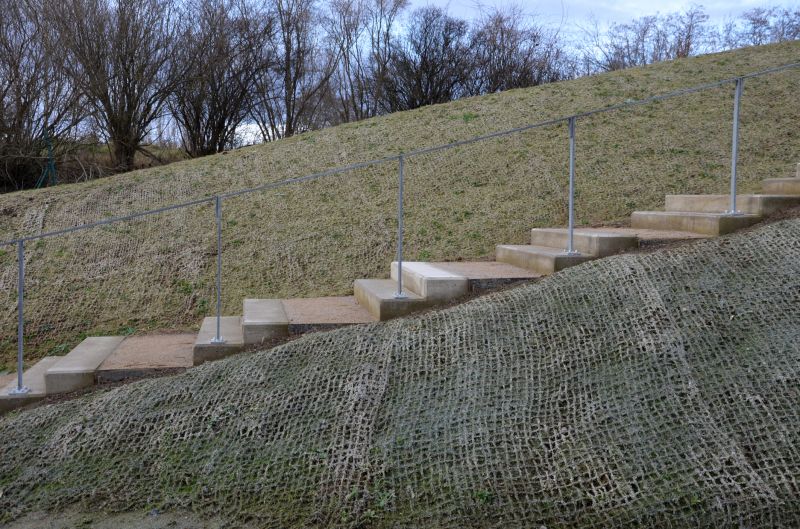
Mesh installations help stabilize slopes during vulnerable periods.
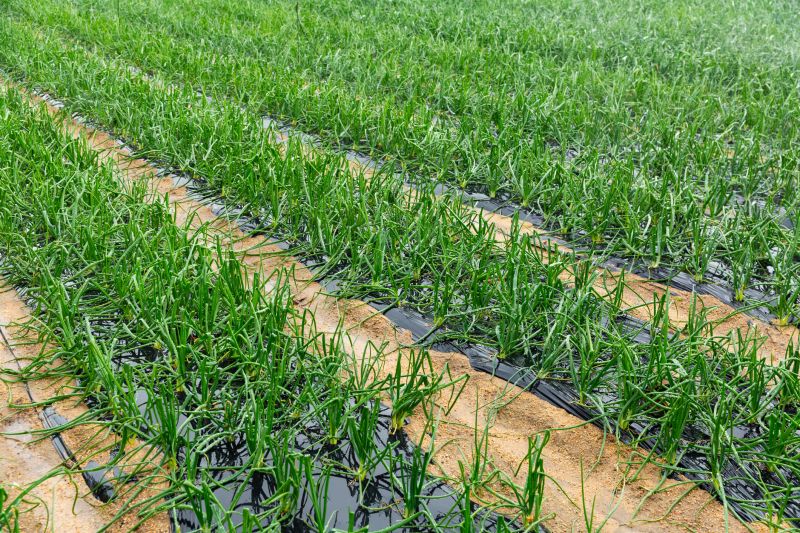
Establishing plants early provides continuous soil protection.
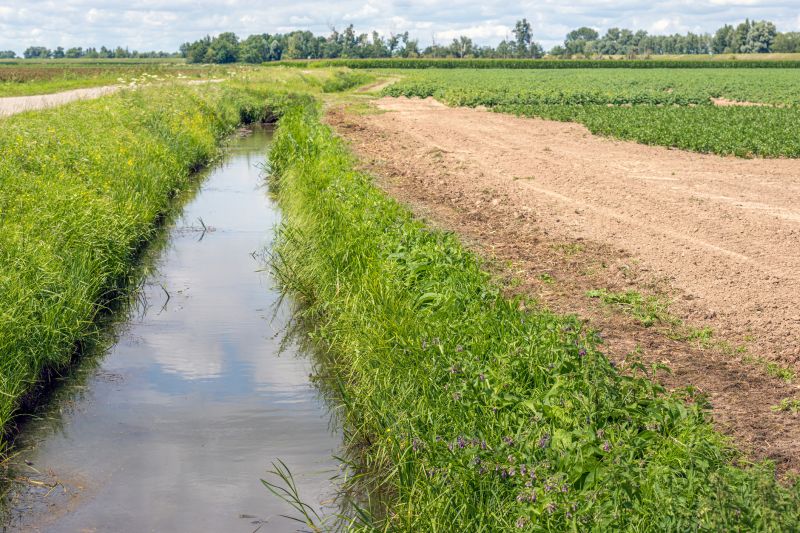
Proper drainage during rainy seasons prevents runoff accumulation.

Constructed during land development to hold soil in place.

Lower-waste or water-saving choices for Soil Erosion Preventions.

The short, realistic tool list for quality Soil Erosion Preventions.
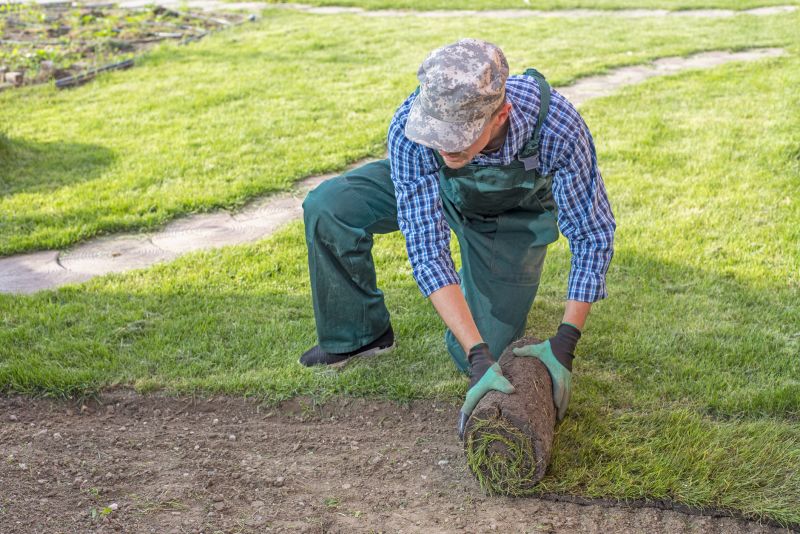
Rough timing from prep to clean-up for Soil Erosion Preventions.
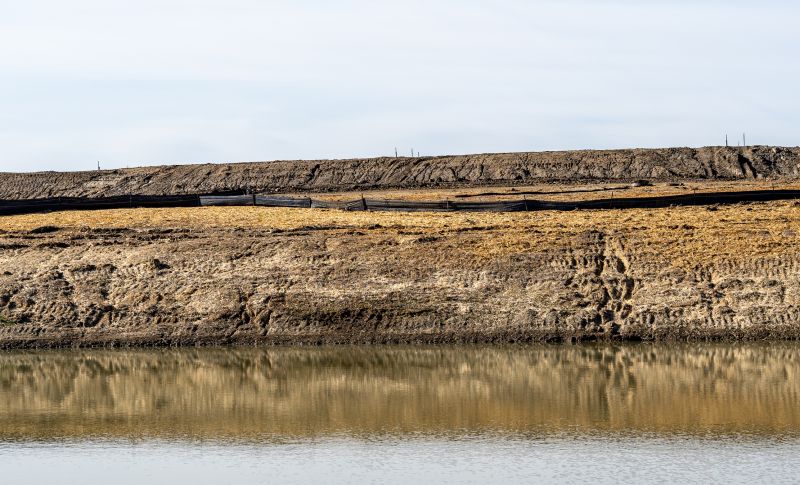
Quick checks and paperwork to keep after Soil Erosion Preventions.
Timely application of erosion prevention strategies helps maintain soil integrity and supports sustainable land use. Recognizing the best periods for intervention ensures measures are effective and durable, reducing the likelihood of future erosion problems.
Interested in implementing soil erosion prevention solutions? Filling out the contact form can provide additional information and assistance tailored to specific land conditions and seasonal requirements.



